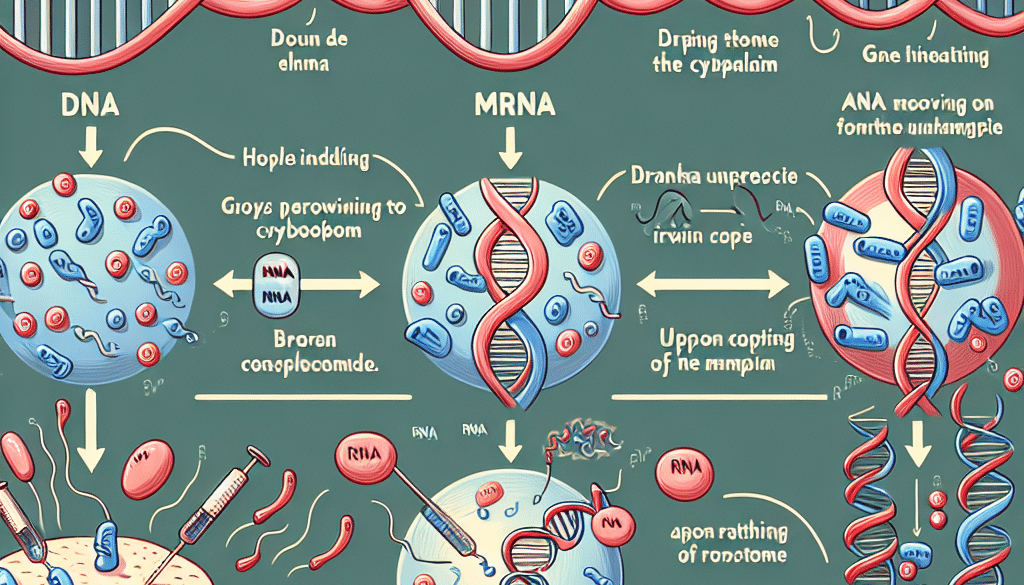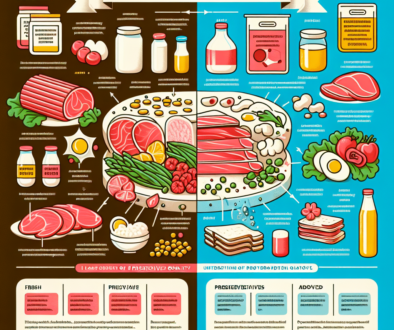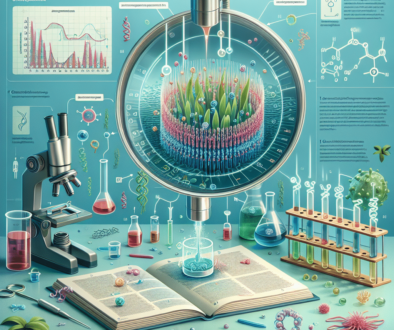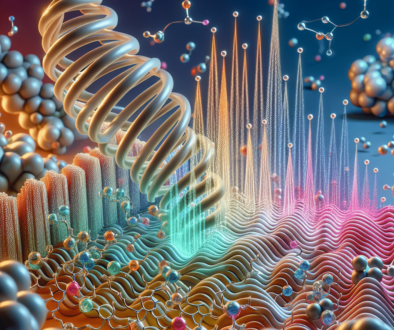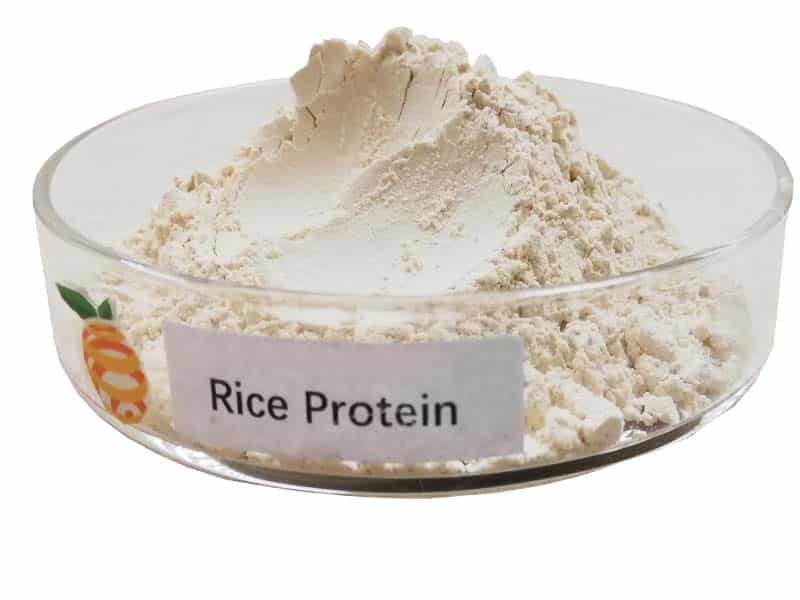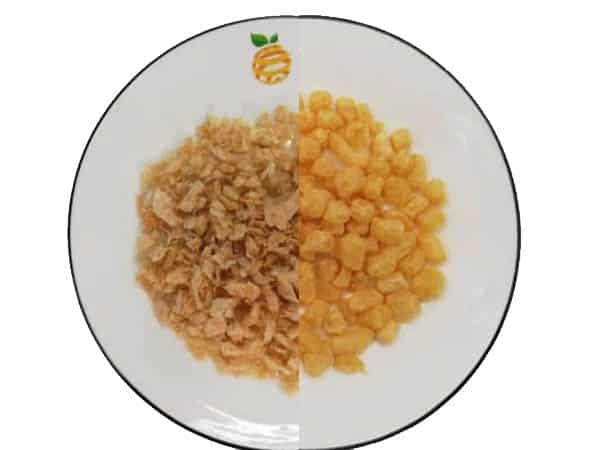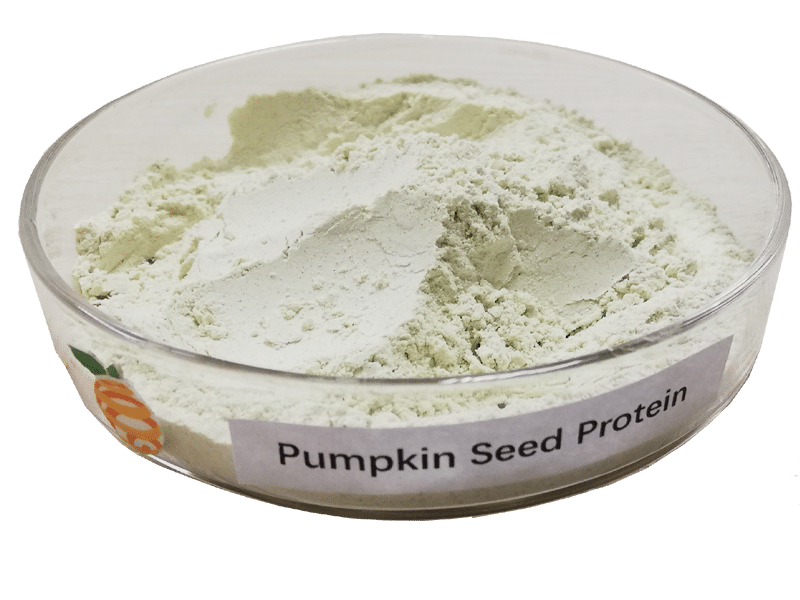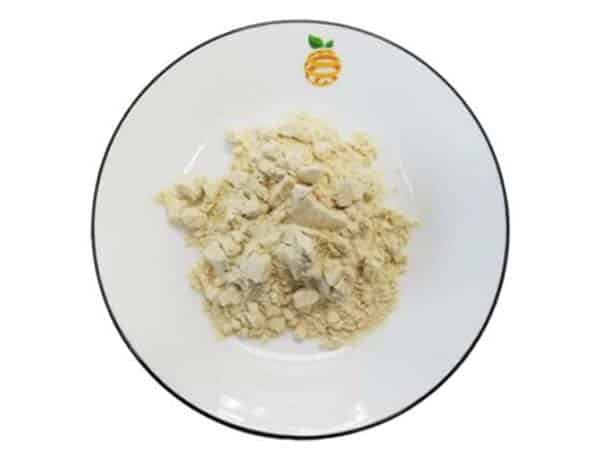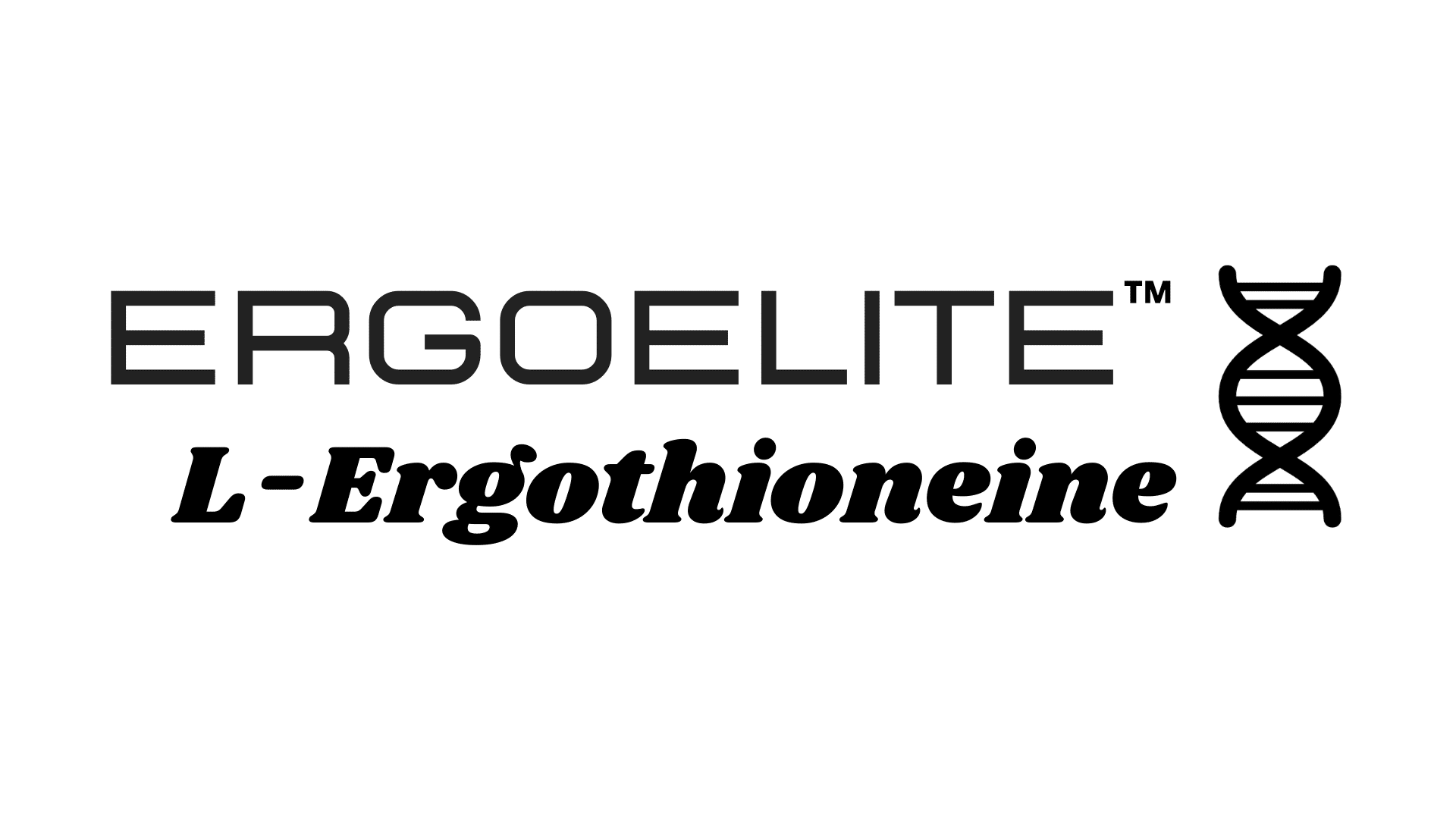Gene Expression and Protein Synthesis: From DNA to Protein
-
Table of Contents
- Gene Expression and Protein Synthesis: The Journey from DNA to Functional Proteins
- Understanding the Central Dogma of Molecular Biology
- Transcription: From DNA to RNA
- Translation: From RNA to Protein
- Regulation of Gene Expression
- Applications and Implications in Medicine and Research
- Case Studies and Statistics
- Conclusion: The Significance of Gene Expression and Protein Synthesis
- Discover High-Quality Proteins with ETprotein
Gene Expression and Protein Synthesis: The Journey from DNA to Functional Proteins
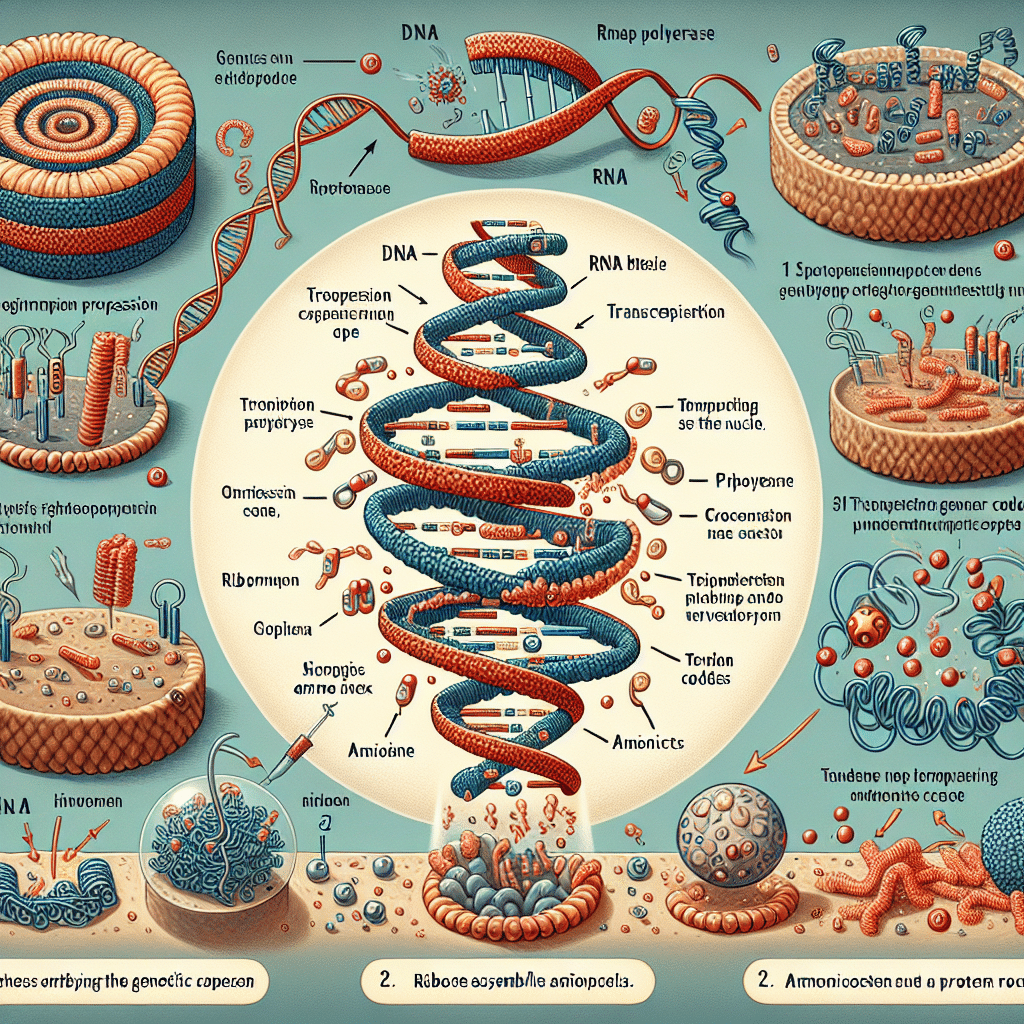
The process of gene expression and protein synthesis is a complex and fascinating journey that takes place within the cells of every living organism. It is the means by which genetic information encoded within DNA is translated into the proteins that perform critical functions in the body. Understanding this process is essential for advancements in biotechnology, medicine, and genetics. In this article, we will explore the intricate steps from DNA to protein and highlight the significance of this biological phenomenon.
Understanding the Central Dogma of Molecular Biology
The central dogma of molecular biology, first proposed by Francis Crick, provides a framework for understanding the flow of genetic information within a biological system. It states that genetic information flows from DNA to RNA to protein. This process involves two main stages: transcription and translation.
Transcription: From DNA to RNA
Transcription is the first step in gene expression, where a segment of DNA is copied into RNA (specifically, messenger RNA or mRNA) by the enzyme RNA polymerase. This process occurs in the following stages:
- Initiation: RNA polymerase binds to a specific sequence of DNA known as the promoter, signaling the start of a gene.
- Elongation: The enzyme unwinds the DNA and synthesizes a complementary strand of mRNA.
- Termination: Once the entire gene has been transcribed, the mRNA strand detaches from the DNA, and the double helix reforms.
Before the mRNA can be translated into a protein, it undergoes processing in eukaryotic cells. This includes the addition of a 5′ cap and a poly-A tail, as well as splicing to remove non-coding regions called introns.
Translation: From RNA to Protein
Translation is the process by which the mRNA sequence is read by a ribosome and converted into an amino acid sequence, forming a protein. This involves the following steps:
- Initiation: The ribosome assembles around the mRNA and the first transfer RNA (tRNA) molecule, carrying an amino acid and an anticodon complementary to the mRNA’s start codon.
- Elongation: tRNA molecules continue to bring amino acids to the ribosome, where they are added to the growing polypeptide chain in the order specified by the mRNA sequence.
- Termination: When the ribosome encounters a stop codon on the mRNA, the process ends, and the newly synthesized protein is released.
After translation, proteins often undergo folding and post-translational modifications before they become fully functional.
Regulation of Gene Expression
Gene expression is tightly regulated to ensure that proteins are produced at the right time, place, and in the correct amounts. Regulation can occur at multiple levels:
- Transcriptional control: Factors such as transcription factors and epigenetic modifications can enhance or repress the transcription of genes.
- Post-transcriptional control: mRNA stability, splicing, and transport can influence how much protein is produced.
- Translational control: The efficiency of translation and the availability of tRNAs and ribosomes can affect protein synthesis.
- Post-translational control: Modifications such as phosphorylation and ubiquitination can alter protein activity and lifespan.
Applications and Implications in Medicine and Research
The understanding of gene expression and protein synthesis has profound implications in various fields:
- Genetic Disorders: Many diseases are caused by mutations that affect gene expression and protein function. For example, cystic fibrosis results from a defective CFTR protein due to mutations in its gene.
- Biotechnology: Recombinant DNA technology allows for the production of proteins like insulin and growth hormone in bacteria for therapeutic use.
- Gene Therapy: By correcting or replacing faulty genes, it is possible to treat or prevent genetic diseases.
- Drug Development: Understanding protein structure and function can lead to the design of drugs that target specific proteins involved in disease processes.
Case Studies and Statistics
Research in gene expression and protein synthesis has led to significant breakthroughs:
- A study on the regulation of the p53 protein, a tumor suppressor, has provided insights into cancer development and potential treatments.
- Statistics show that biologic drugs, which are produced using protein synthesis technologies, are among the top-selling pharmaceuticals worldwide.
Conclusion: The Significance of Gene Expression and Protein Synthesis
The journey from DNA to protein is a cornerstone of life, dictating the form and function of organisms. Advances in our understanding of gene expression and protein synthesis continue to drive innovation in medicine, agriculture, and biotechnology, offering hope for new treatments and technologies.
Discover High-Quality Proteins with ETprotein
If you are in search of premium protein products for your business or research, consider ETprotein. Their extensive range of organic and plant-based proteins, including rice, pea, pumpkin seed, and sunflower seed proteins, are ideal for various applications. With a commitment to quality, non-GMO, and allergen-free products, ETprotein is a trusted supplier for industries worldwide.
About ETprotein:
ETprotein, a reputable protein Chinese factory manufacturer and supplier, is renowned for producing, stocking, exporting, and delivering the highest quality organic bulk vegan protein and plant proteins. They include Organic rice protein, clear rice protein, pea protein, clear pea protein, pumpkin seed protein, sunflower seed protein, mung bean protein, peanut protein etc. Their offerings, characterized by a neutral taste, non-GMO, allergen-free attributes, cater to a diverse range of industries. They serve nutraceutical, pharmaceutical, cosmeceutical, veterinary, as well as food and beverage finished product distributors, traders, and manufacturers across Europe, USA, Canada, Australia, Thailand, Japan, Korea, Brazil, and Chile, among others.
ETprotein specialization includes exporting and delivering tailor-made protein powder and finished nutritional supplements. Their extensive product range covers sectors like Food and Beverage, Sports Nutrition, Weight Management, Dietary Supplements, Health and Wellness Products, and Infant Formula, ensuring comprehensive solutions to meet all your protein needs.
As a trusted company by leading global food and beverage brands and Fortune 500 companies, ETprotein reinforces China’s reputation in the global arena. For more information or to sample their products, please contact them and email sales(at)ETprotein.com today.

